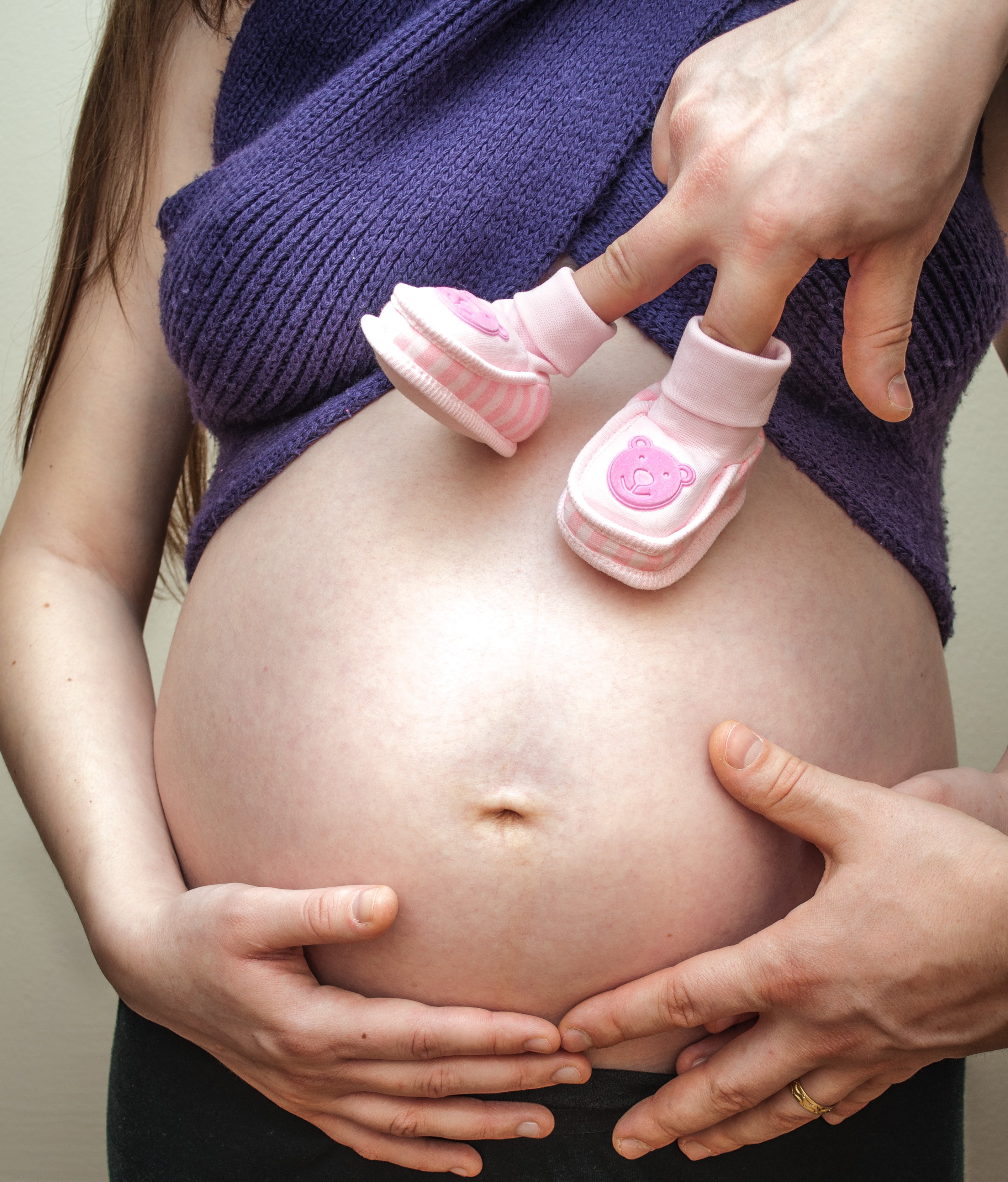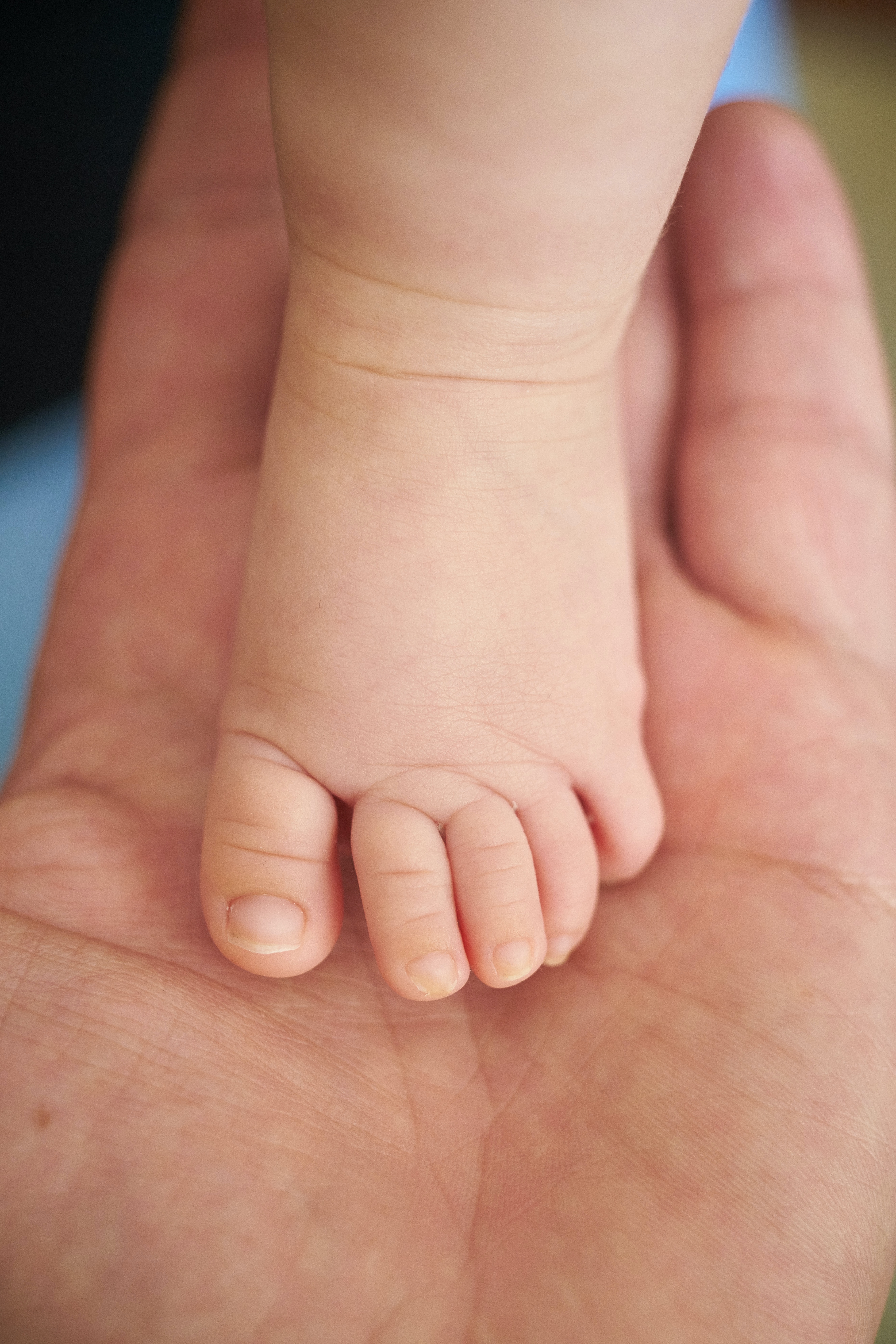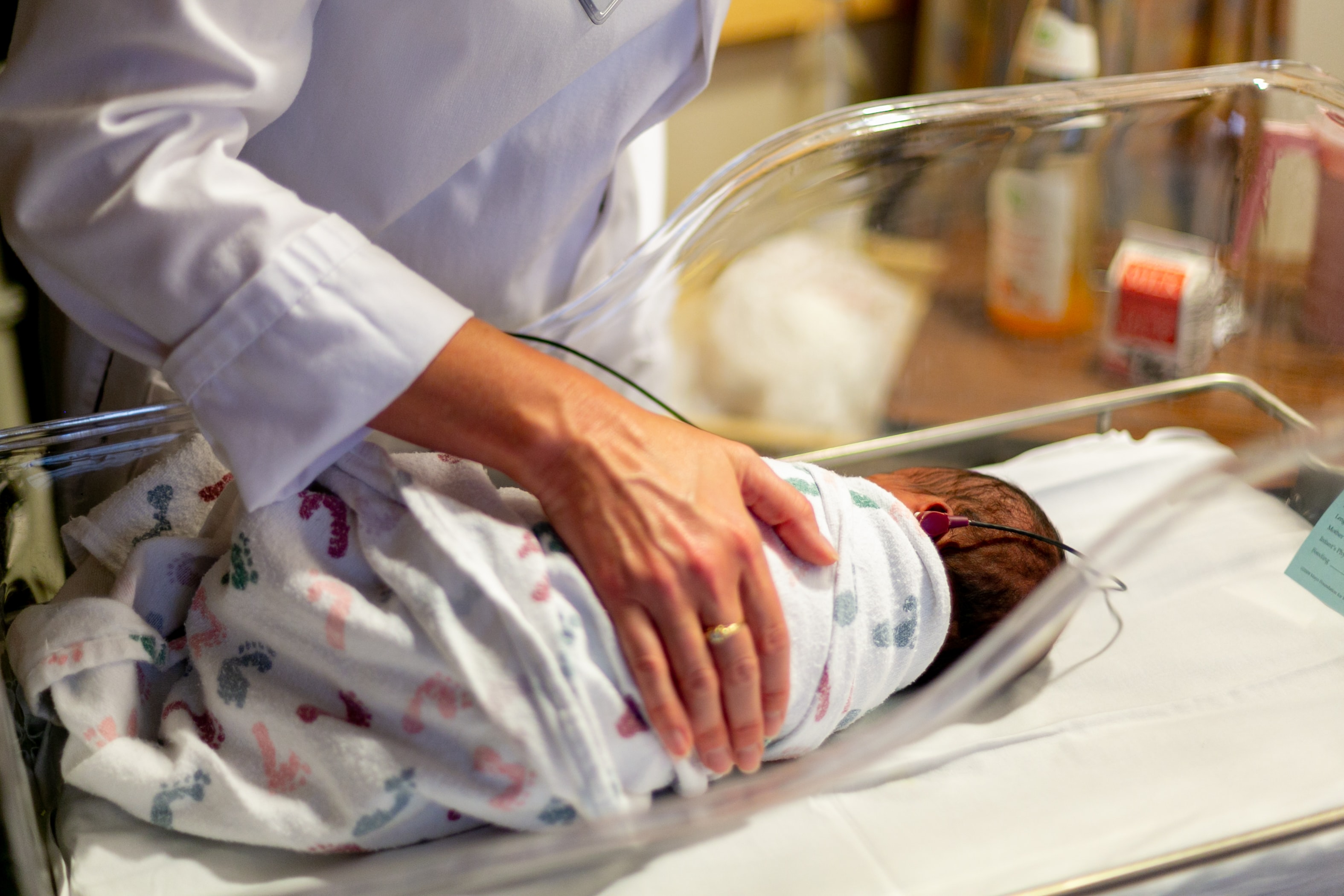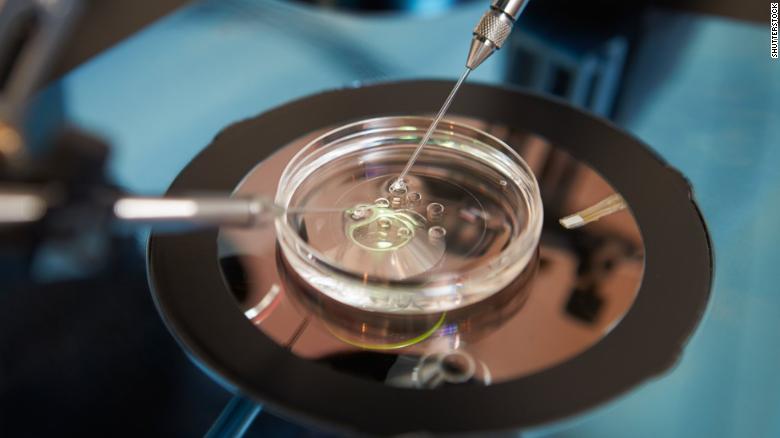Intercourse Frequency
Some couples are not aware that they do not have intercourse often enough or at the right time. To reduce the stress on the couples, World Health Organization recommends having intercourse every 2 or 3 days during a cycle. Over the course of several months, this can result in just the right intercourse timing and successful pregnancy. Still, it is helpful to know when and how you ovulate and then have intercourse at the right time, and more often.
Timing of intercourse is an expression used when a patient is already given medications – usually clomiphene or letrozole – by an infertility specialist. These medications stimulate ovulation, serial ultrasounds monitor the growth of follicles, and an optimal day for intercourse is suggested, creating the highest chances for pregnancy.
Nevertheless, for those couples attempting on their own, we should say that the length of a woman’s menstrual cycle is calculated between the first days of two periods. Ovulation is a moment when an ovary (or the follicle containing an egg) releases the egg, which can then be fertilized within the next 24 hours only. An egg lives for 24 hours, and sperm lives for up to 3 days, and these four days are THE ONLY time during one cycle when a woman can get pregnant. We can quite reliably determine that women with regular cycles ovulate 14 days before the coming period, even though there’s some tolerance as well. Therefore, to get pregnant, it is best to plan to have sex between days 11 and 16 in a 28-day cycle, between days 15 and 20 in a 32-day cycle, between days 8 and 13 in a 25-day cycle. Women with irregular menstrual cycles cannot use this calculation and need other methods to calculate when they ovulate if they do at all.
In addition, it is believed that sperm should be waiting in the tube for the egg to be released because chances of pregnancy increase if intercourse has happened prior to ovulation. There is no proof whatsoever that lying down, resting, or raising the pelvis after sex affects the chances of conceiving.






.jpg)






.jpg)

